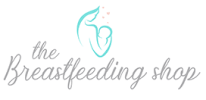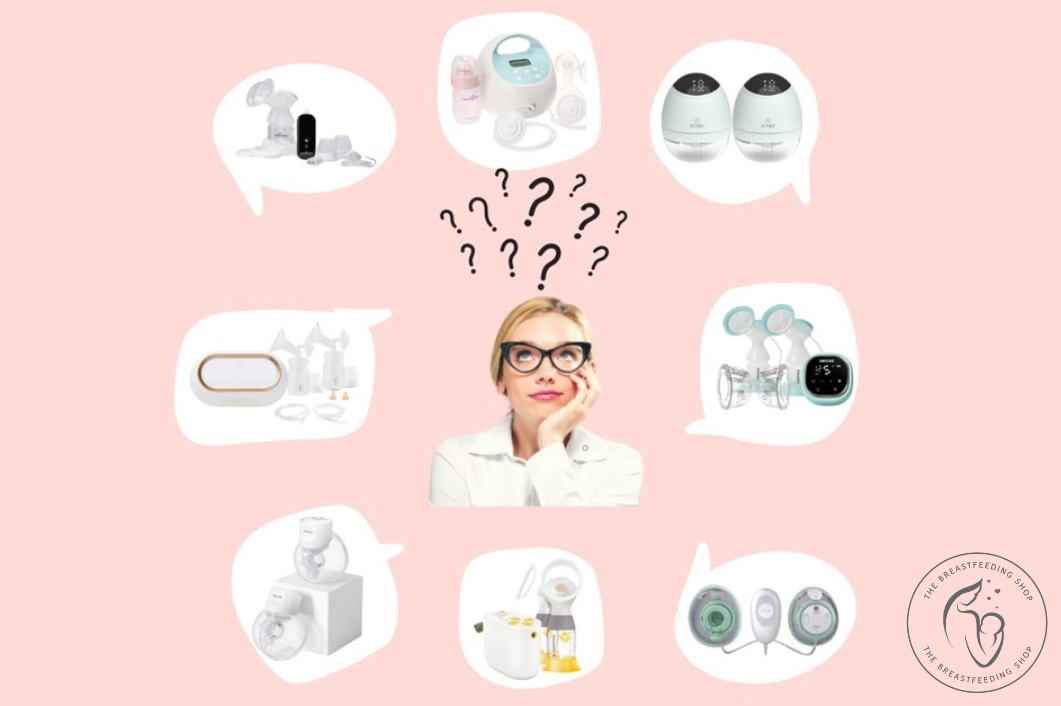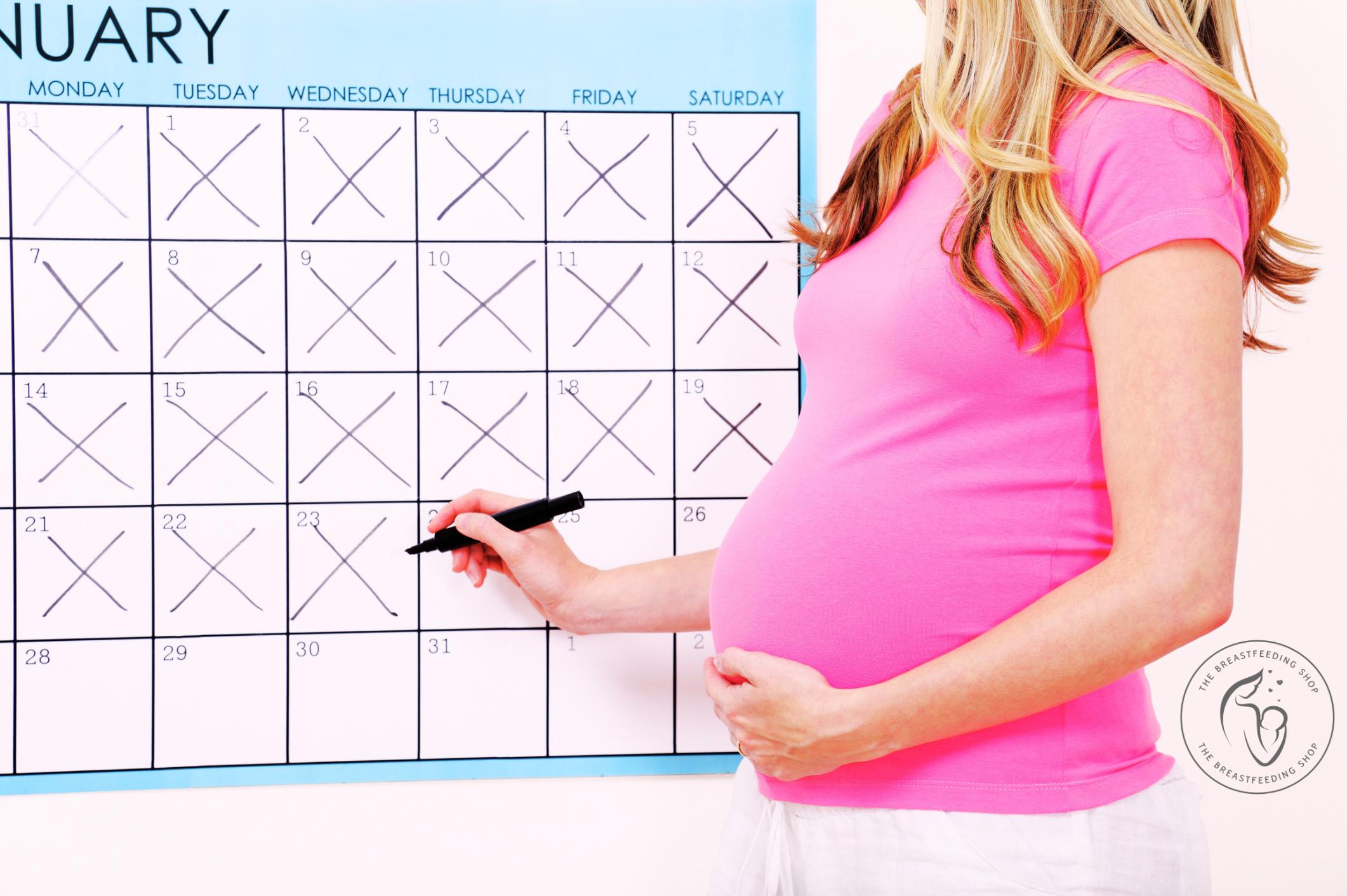If you’re looking for signs of baby teething, you’ve come to the right spot. Do teething babies nurse more? Do you have an extra fussy baby? Have you thought that it could be teething? When it comes to breastfeeding and teething, every baby is different. But we have put together some of the most common symptoms of a teething baby and what to look for. We hope that this is helpful for you.
First, let’s talk about the common timeline to teething. Note: this is just a guide.
- 6 months: lower central incisors
- 8 months: upper central incisors
- 10 months: lower and upper lateral incisors
- 14 months: first molars
- 18 months: canines
- 24 months: second molars
Symptoms to look for that could be signs your baby is teething:
- You can see a tooth poking through. Yep, pretty simple. If you’re looking for signs of baby teething, and you see that tooth coming through the gums — your baby is teething and may have some discomfort.
- The need to chomp or gnaw on everything (including while breastfeeding). The feeling of pressure is most often relieved by adding pressure. Your baby is well aware of this and will want to chomp down on anything it can put in their mouth. They know something is going on in their mouth and will give it attention.
- More than the usual baby drool. If you see that your baby has an excessive amount of drool is another sign of teething. Don’t assume they are teething automatically with this one. Babies drool. Know what is normal for your baby vs. what is excessive.
- Nighttime Fussiness. Nighttime is prime time for teeth to make their way through your baby’s gums. If your baby is much more irritable at night, it could be because there is a tooth or two coming in. While some babies have an easier time with teething, it is painful for others. You may see more irritability and crying during teething.
- Change in eating. If your baby wants the bottle more than a spoon (if they are on solids) it could be because the spoon is irritable to swollen gums. They way prefer the bottle or nipple. If they do want to bottle or breastfeed but begin to suckle and then pull away, this is another sign of teething. The pressure from sucking can be irritable to them.
- And inspect the gums. If they look swollen or look red or bruised it’s another sign. If you can feel along the gum line you can sometimes feel the tooth wanting to protrude out.
Checking for Teething Signs in Breastfed Babies is the First Step
But these are just a few easy-to-spot indications when you’re looking for signs of baby teething. Do you see other baby teething signs? Look for our next blog on how to soothe your baby’s teething irritability. Sometimes just trying to distract your baby will do the trick, but you may have to try out some different tactics. Properly dealing with teething pain is another important issue.




